Welcome to Le Havre, an industrial city whose history is connected primarily with the port: the main transport hub for both trade and passenger traffic. A place that is the cradle of visionary architects who made its historical center a UNESCO World Heritage Site. The main merit went to Auguste Perret, who was able to give a new face and a different identity to a place destroyed by World War II.
His style was based on a unique vision that allowed him to combine the use of reinforced concrete in the classical style. The architecture was capable of emitting light. The same light that inspired the French artist Claude Monet’s famous painting “The Impression of the Sun on the Levant”. The painting that became the emblem of Impressionism, was painted in Le Havre. A city that you can admire, wander through its streets and surroundings, and gain experience, perhaps by visiting its markets or cafes.
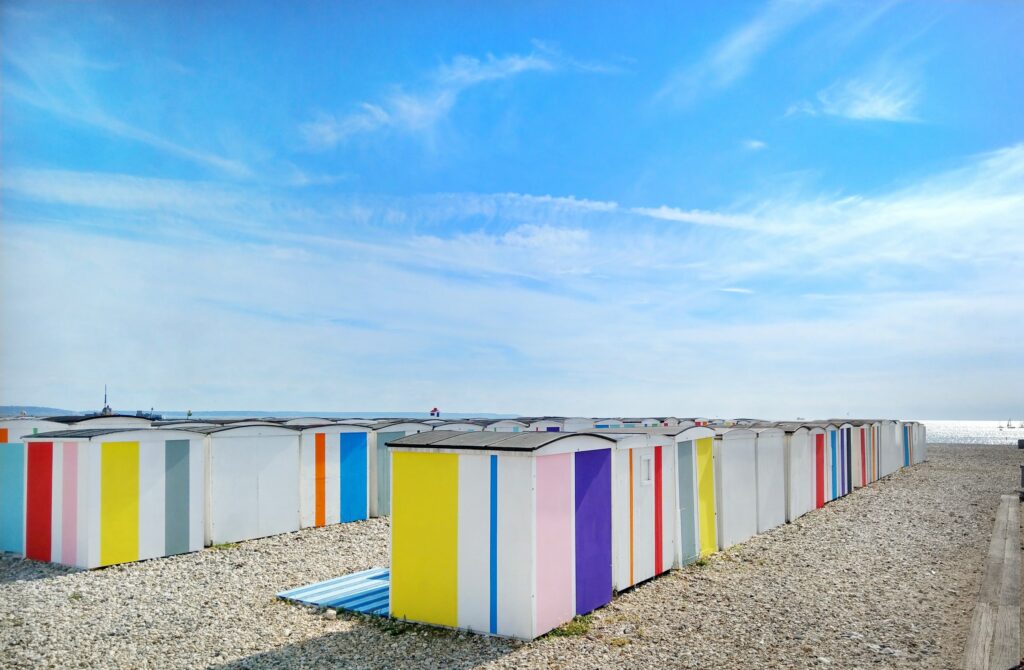
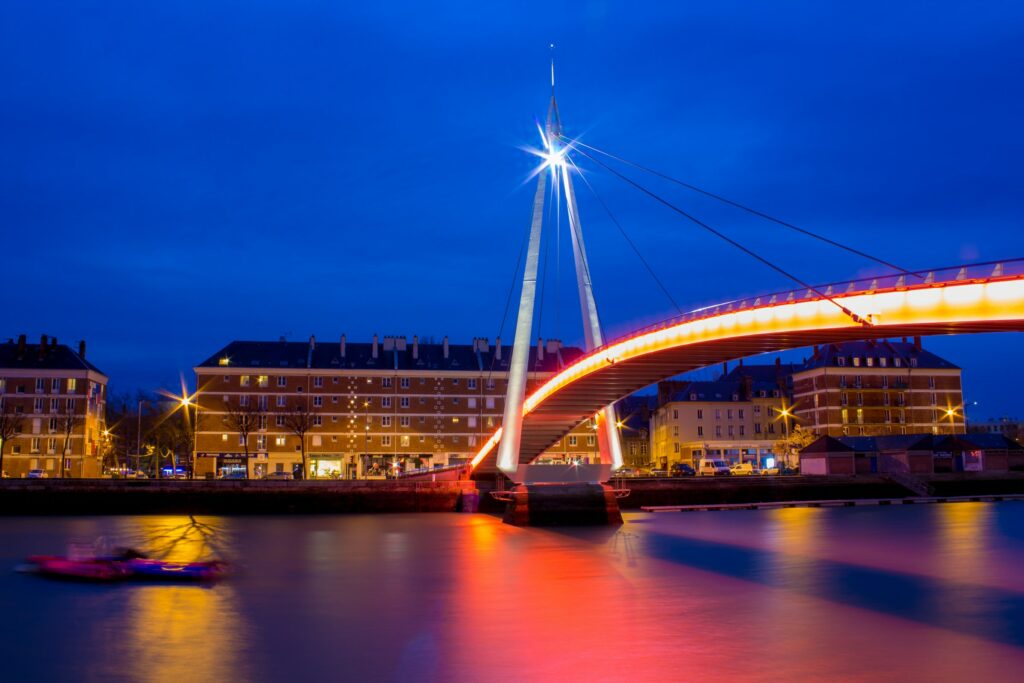
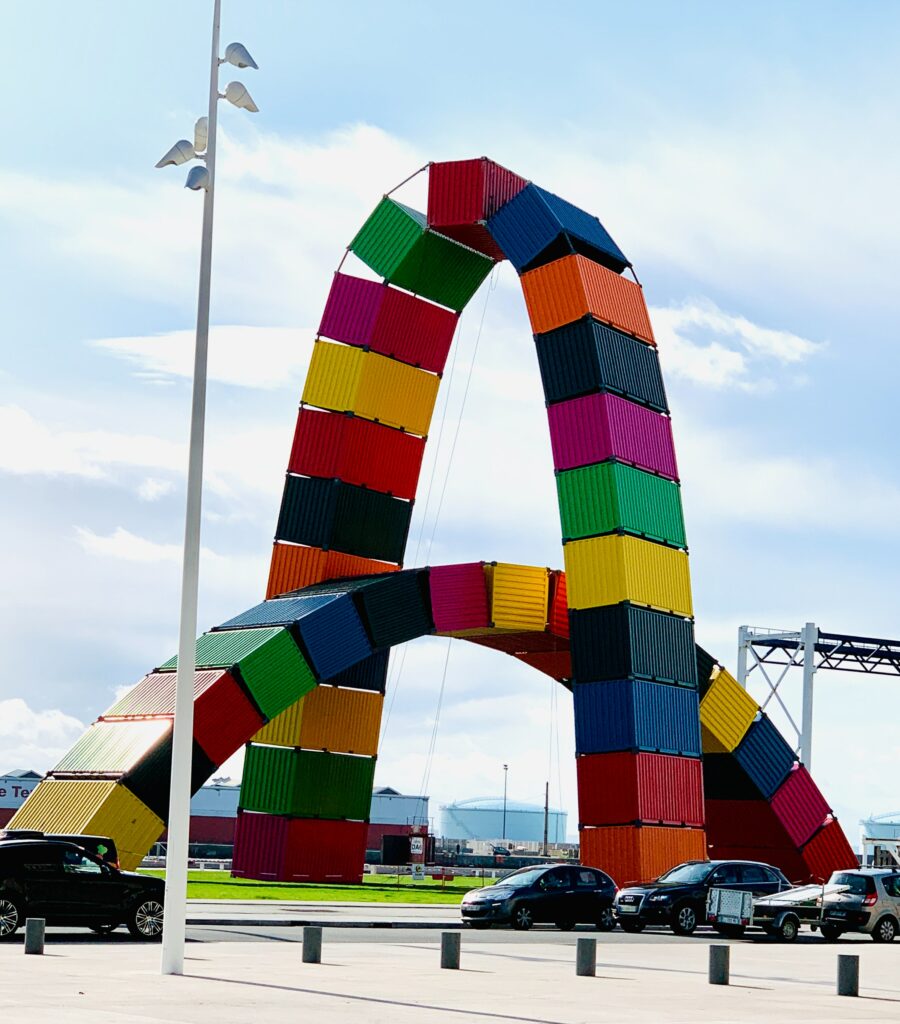
Get ready to go on a trip to all the main attractions of Le Havre, a town in the north of France. Discover its secrets.
Le Havre Cathedral
This is one of the symbols of the city, including its turbulent history. Built between the 16th and 18th centuries, it was destroyed several times, first during the French Revolution, then during the bombing of the Second World War. Also known as the Cathedral of Our Lady, the main place of Catholic worship has been a historical monument since 1919. The Baroque facade on the west side, decorated with figures of angels, immediately catches the eye, as does the impressive window above the altar. The bell tower, which is located nearby, was built earlier and was part of a pre-existing building.
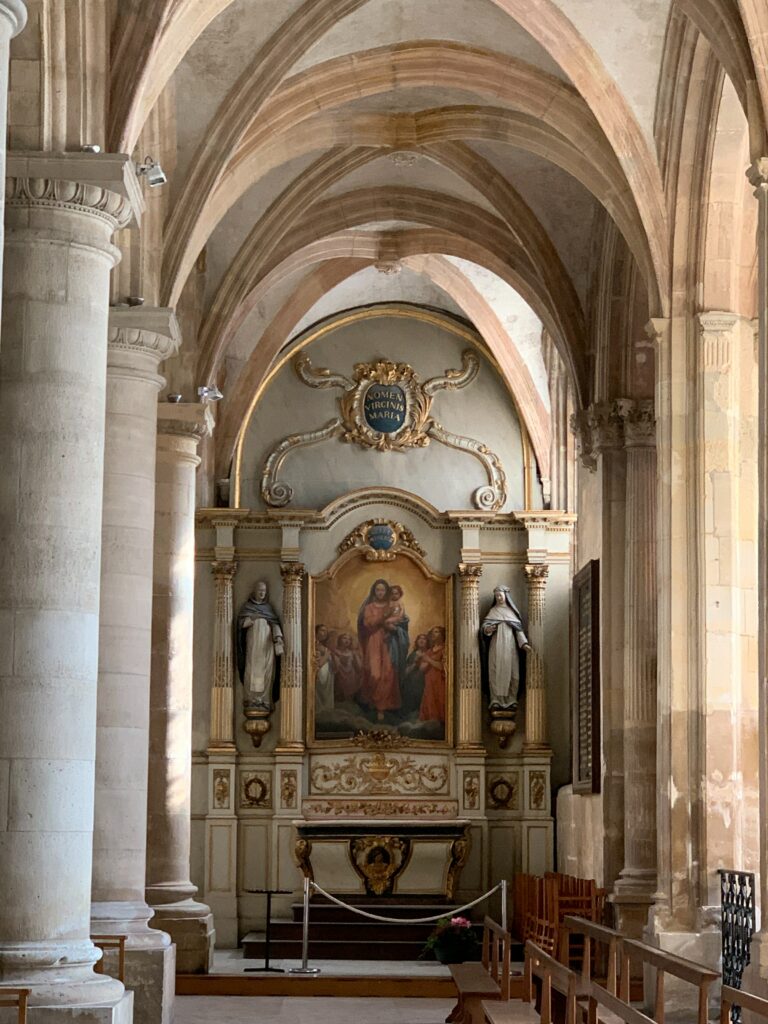
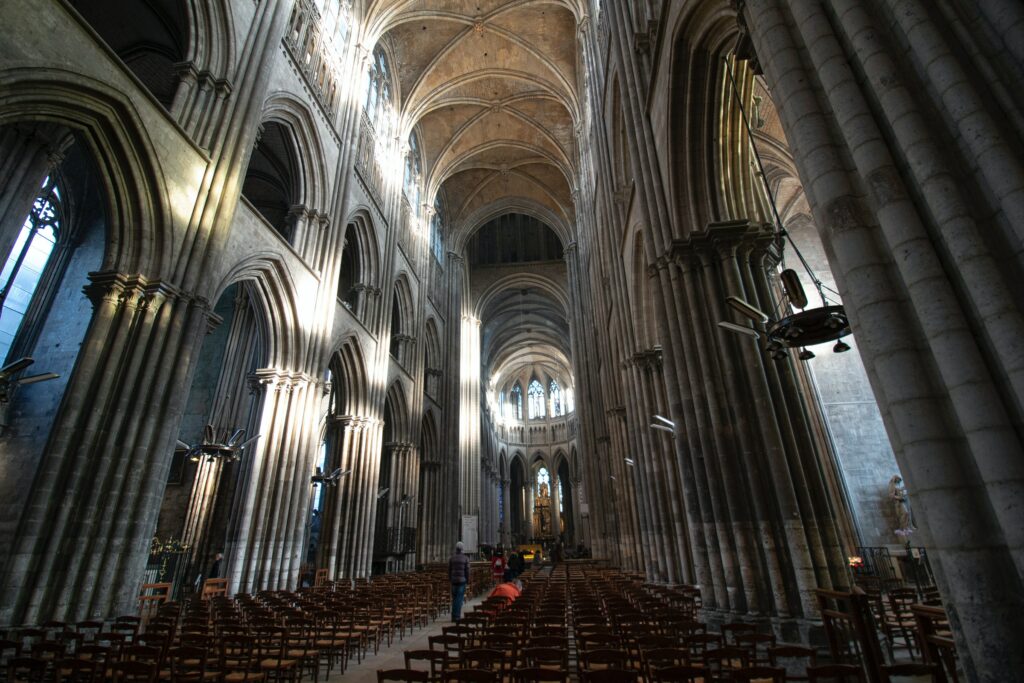
According to some historical evidence, work on the construction of the cathedral began back in 1522. It was just a wooden church surrounded by a bell tower and a cemetery. After various damages inflicted over the centuries, the building was restored in the twentieth century, and today it is a successful combination of various styles, from Gothic to Renaissance, with a certain balance and continuity. There is no shortage of curiosities inside. Few people know that it houses a precious organ dating back to 1639 and donated to the city by Cardinal Richelieu.
Volcano
Once you land in Le Havre, you will find yourself in front of a volcano in the center. Don’t worry, you won’t see any eruption or lava flow. This is the visionary work of Brazilian architect Oscar Niemeyer, who in 1972 was commissioned to build a cultural center. The Volcano project used a reinforced concrete structure resembling two mountains with a severed top. It was the first House of Culture in France with two large concert and exhibition halls. Access to the building is not from the street, but in the center of the building to avoid inconveniences from the wind. The project is part of the reconstruction of Le Havre, which began in 1946 according to the plans of the visionary architect Auguste Perret.
A work that gives a boost to the city and has recently undergone a 4-year renovation. The reinforced concrete structure has undergone a deep internal transformation. The concert hall (with exceptional acoustics) was paneled in wood, and the lobby was enlarged. Even more radical were the interventions inside a small volcano, where a super library was created: 5 thousand square meters, which were distributed over two floors connected by a monumental staircase. 125 jobs have been installed for students and users.
St. Joseph’s Church
A real lighthouse in the city center. Nothing extraordinary if we weren’t talking about the futuristic church, the icon of Le Havre, with its 12,000 stained glass windows and concrete walls. It was erected in memory of the victims of the bombing of the Second World War. The octagonal lantern tower, visible in good weather for more than 60 kilometers due to its height of 107 meters, forms a single body with a square base that unites the nave and the choir. This masterpiece of 20th-century architecture will make you hold your breath with its incredible beauty. Sobriety and strictness reign inside. In the central nave, in the aisles, there is neither iconography nor ornament.
Only two statues, the Virgin and Child and Saint Joseph look at each other from both sides. For the architect Auguste Perret, “only matter should lead to spirituality.” And this material is concrete, to which the architect gave a noble force. The gaze falls on the dark base of the building, smoothly descends to the central altar, then rises, attracted by the natural light of the tower, which can be interpreted as a stele resembling a sacrifice. The concrete is elegantly decorated with colorful tones and scattered stained glass windows created by Margarita Yure. Fifty shades, orchestrated as a musical score, in the four cardinal directions of the building.
MuMa Le Havre
Located on the seashore, the Andre Malraux Museum of Modern Art – MuMa Le Havre offers modern architecture entirely dedicated to space and light. The exceptional location of the building is highlighted by Le Signal, a sculpture by Henri-Georges Adam framing a piece of seascape made of concrete, which has inspired many artists in the museum’s collections. Located in Le Havre, a city that witnessed the birth or growth of artists such as Monet, Dubuffet, Frisch, Dufy, and Braque, the MuMa Museum, opened in 1961 by Andre Malraux, is known for its collections of the late 19th and 20th century (Impressionist and Fauvist works, the collection of the Boudin workshop).
The museum, which was renovated between 1995 and 1999, offers one of the largest and most important collections of Impressionists in France thanks to the works of Sisley, Degas, Monet, and Renoir. The artistic offer is complemented by photographs, sculptures, and graphics. Themed walks have also been developed for the youngest. There is no shortage of premises designed for temporary exhibitions with the organization of various cultural events and initiatives. The offer has expanded significantly in recent years, including thanks to the donation of Helen Senn-Fulds from the collection collected by his grandfather Olivier Senn in the early 20th century.
Hanging Gardens
Since 2008, the Hanging Gardens have been part of the landscape of Le Havre as a symbolic place that offers its visitors a world of plant and sensory discoveries. This exceptional plot of 17 hectares rises above the Bay of Seine and offers beautiful views of the sea, the port, and the city. A scientific and recreational place, a botanical garden is a fascinating object. Vegetation, in turn, is considered a source of information, a purely pictorial image, or a poetic space. The plants originate from five continents and thus pay homage to the researchers who discovered them during shipment.
It will be a journey that will take place between fragrant and aromatic plants. You will travel to Australia, Tasmania, New Zealand, Japan, Mexico, South Africa, and many others. On the one hand, you will find industrial greenhouses, which contain almost 300,000 plants and which are used by gardeners for the flowering of the city. On the other hand, greenhouses are collections open to the public, where there are begonias, orchids, carnivorous plants, cacti of all sizes, giant or tiny, and other tropical strains.
Honfleur
A city of art and history, located at the mouth of the Seine, Honfleur immediately enchants visitors with its charming fishing port and marina, picturesque old streets, and old stone houses. A wonderful ensemble that has inspired many artists for centuries. The quays of Vieux Bassin, surrounded by typical houses, as well as beautiful streets with art galleries and shops, constantly invite you to walk and get lost in the convolutions of this pearl.
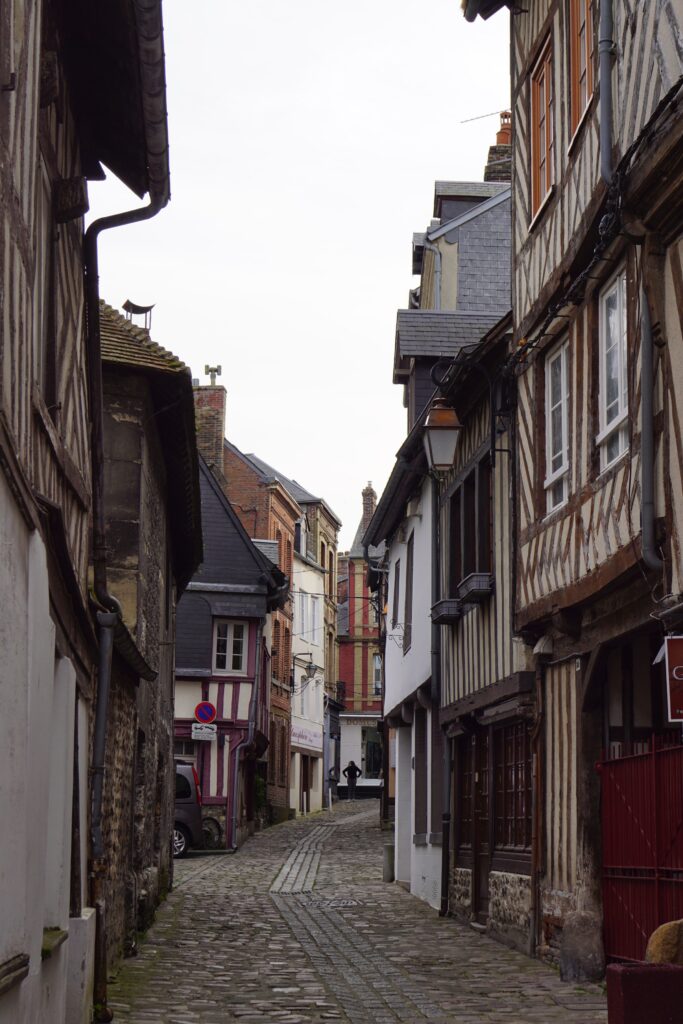
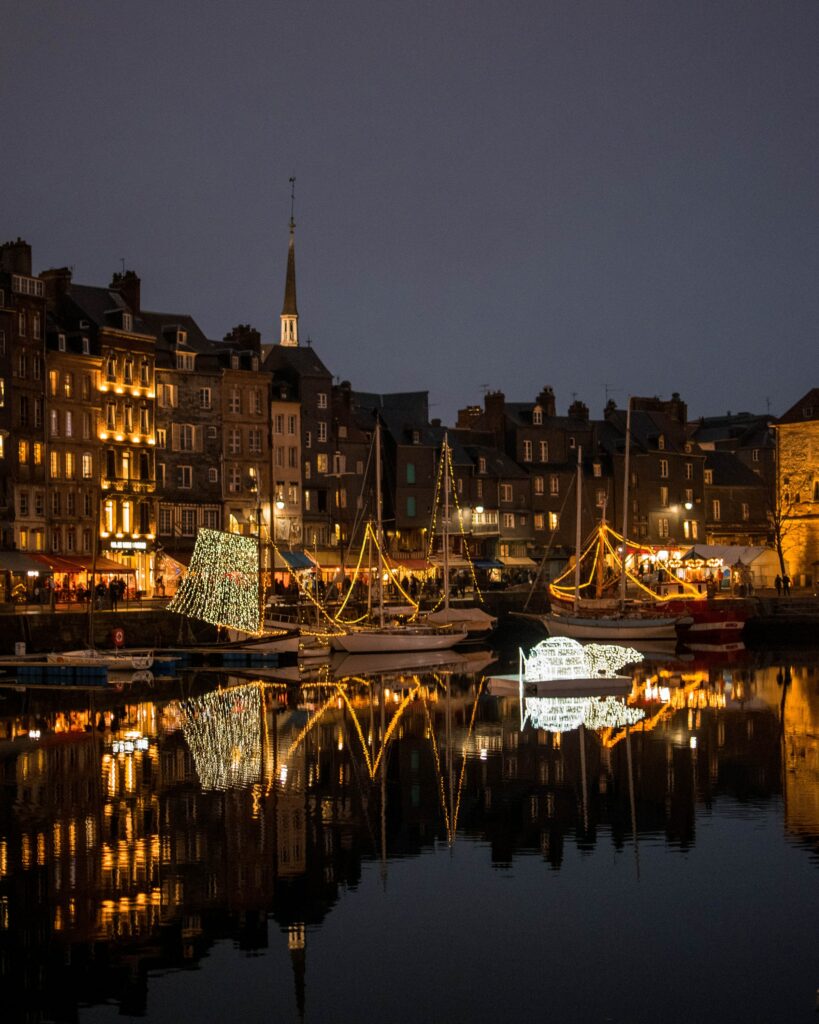
In the heart of the historical center, you can find the Church of St. Catherine: a beautiful wooden building built in 1400. Opposite the bell tower, which is distinguished by the fact that it is separated from the church, there are several religious icons. For art lovers, the Boden Museum offers collections of paintings and drawings from the 19th and 20th centuries.
Rouen
A real museum city, Rouen leaves no stone unturned with its beautiful half-timbered houses, cobbled streets, and Gothic churches. The city was the scene of the martyrdom of Joan of Arc, condemned and then burned at the stake. Rouen is also called the “City of 100 Spires”. For centuries, the pearls of sacred architecture have flourished in different parts of the area. Notre Dame inspired, for example, the Monet series of cathedrals. The Church of Saint-Maclou, located in a very beautiful place, is also worth a visit. The banks of the Seine with their atmosphere and charm are also a privileged place to walk.
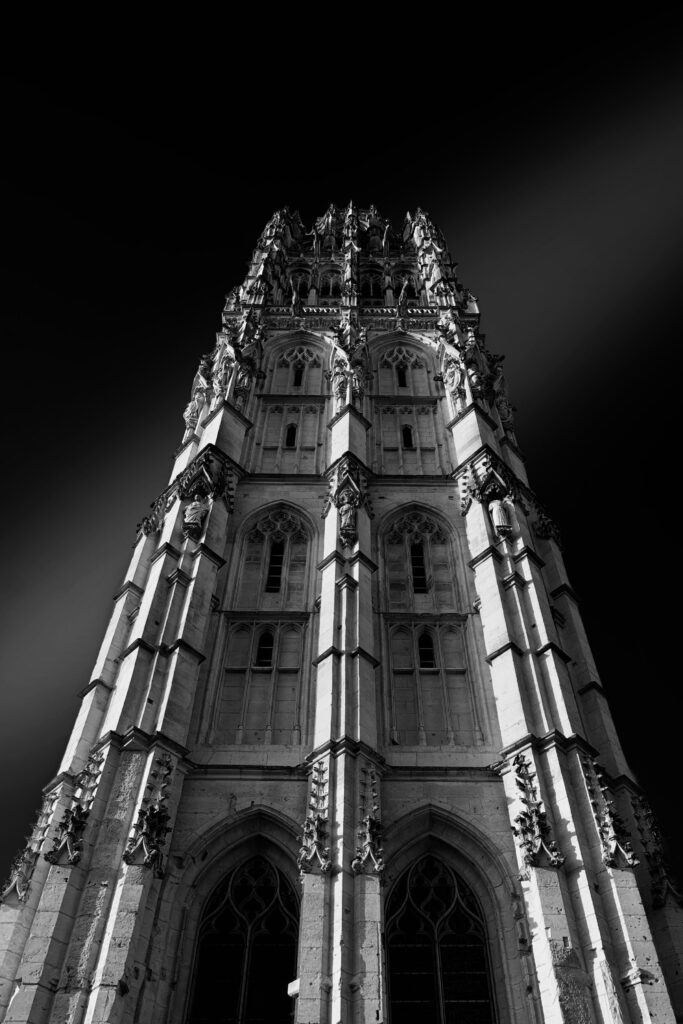
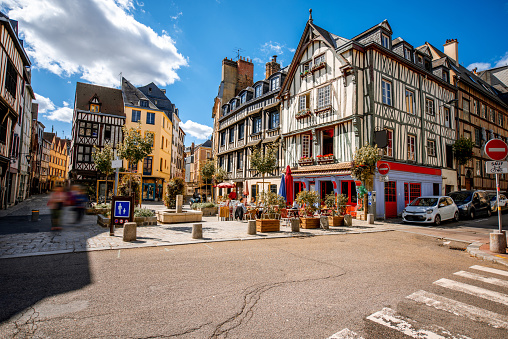
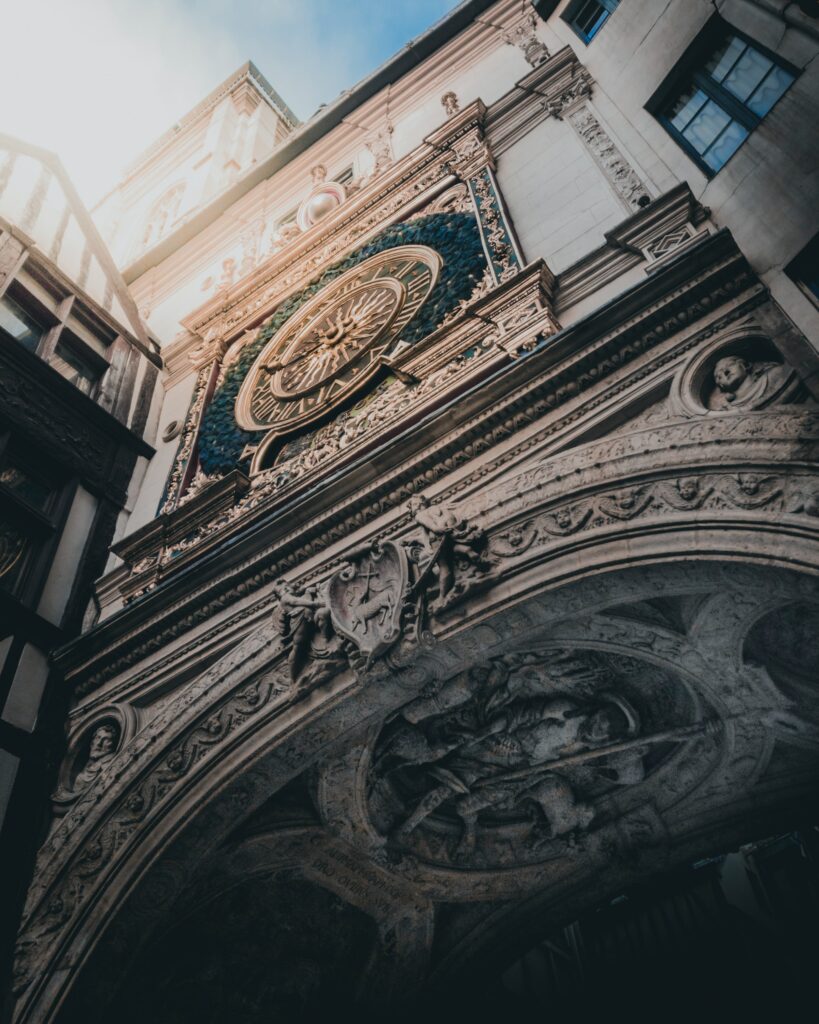
Walking through its streets and admiring the monuments can contribute to appetite. A tempting idea, especially since Rouen is also known for its good restaurants and cuisine. For their part, shopping lovers will not stay away and will find fertile soil in Rouen. Among the shops and kiosks lining the pedestrian streets, you are sure to find what you are looking for. Rouen is also a student city with a very vibrant nightlife.










